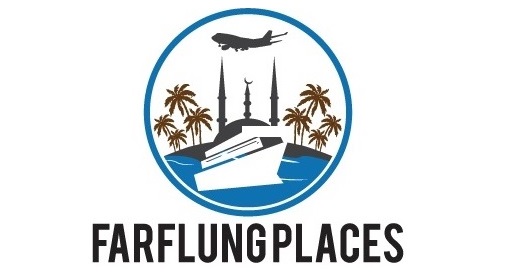February 25, 2019
Arsameia. The ancient capital of the Commagene Empire
Although largely unexcavated it is a well worth a visit, particularly as you will probably have it to yourself. Arsameia was the summer capital of the Commagene empire, located high up on a hill above a tributary of the River Euphrates.
The slightly self-obsessed ruler Antiochius I, whose colossal stone visage sits alongside that of the Gods atop of Nemrut, which was to be his tomb, expanded it during his reign (70 BC to 38 BC) and buried his father, King Mithridates I, here.
It was only re-discovered in 1951 by Freidrich Dorner, a German archaelogist doing a dig on Mount Nemrut (thankfully without the use of dynamite unlike some of his predecessors) but since then has had little attention paid to it.
 |
| A broken relief on the path up to the city of Arsameia |
At the car park (big enough for about 4 cars) a caretaker will tell you a little about the site, but, as with Mount Nemrut, there is currently no charge to enter. If you look non-threatening, he will return to his hut and go back to his Turkish coffee and newspaper.
Otherwise he will follow you. Luckily I had shaved off the four day beard growth that morning and was granted the privledge of being able to explore the site totally by myself.
A number of broken reliefs are scattered along the pathway up to what had been the entrance to the city, which has a large stone relief of King Mithradates I shaking hands with Heracles, a God. Mithradates is beutifully rendered, with fine clothes and an ornate crown, while Heracles looks like he does in most Greek representions, naked with a large club.
 |
| King Mithradates I |
The relief is in remarkable condition, considering it is exposed to the weather, including the freezing winters here, and would have certainly been an imposing sight as you entered the city.
Ten metres beneath it is one of the best historical sources that has been discoverd for information on the Commagne empire.
 |
| One of the best sources for the history of the Commagne empire |
Over five large columns is inscribed the history of Arsameia in Greek lettering, mentions that King Mithrdates I is buired here, provides information on religous practises, and has many homages to Antiochus I, who is described as both a friend to the Romans (a very sensible position to be in at the time with the empire still in the ascendant) and as a God to be respected and worshipped. No over-inflated ego there.
There is a tunnel here, and another one about fifty metres away, which could have held the remains of King Mithradates I, or for some other unknown purpose. They are not blocked off, as yet, but the steps are very uneven and irregulary cut, with no lighting, and the one I explored ended in a large room with a rather unsavoury smell. There is clearly work yet to be done here.
 |
| Descend into the tunnels inside Arsameia if you dare (bring a torch) |
Climbing up from the Mithrades-Heracles relief is the remains of the palace and barracks. As with the rest of the site, much has yet to be excavated and what remains is a jumble of stones, columns, broken pottery, and steps.
One can only imagine what will be found when archaelogists eventually explore this city and uncover more of its riches.
 |
| Steps leading up the palace of Antiochus I |
This is another burial mound, similar to the one on Mount Nemrut, but missing at Arsameia, which was built to hold the remains of later Commagne royalty.
 |
| The Karakus Tumulus |
The Romans invaded Commagne in 72 AD and it is believed they ransacked the tombs and used much of the material here to build the Septimus Severus bridge, which is located a few km's beneath the Karakus Tumulus. It is still worth a visit, if only to see one of the remaining beautiful columns decorated with a statue of an eagle.
The Septimus Severus bridge, complete with columns that would not be out of place at Karakas, is alos worth a visit. Reputedly one of the best preserved Roman bridges in the world, it is easily reached on the journey down from Mount Nemrut and Arsamia, located just before the Karakus Tumulus.
 |
| The Septimus Severus Roman bridge. Those columns look awfully familiar. |
Far Flung Tips
* To visit Arsameia, as well as the Karakus Tumulis and Septimus Severus bridge, it is best to have your own transport. Driving on rural Turkish roads here is both easy and safe. Keep an eye out for wayward animals and don't exceed the speed limit and you should be fine.
* Early nornings for visits to Arsameia are recommended as the sun shines directly on the reliefs and, particularly in summer, the heat is much more bearable. Take a hat, there is no shelter, and a big bottle of water.
* At this current time (2019) there are no charges for visiting any of these historical sites.




2 comments
Interesting Post. Put that down as a must see in Turkey for me.
ReplyDeleteI was reading some of your content on this website and I conceive this internet site is really informative ! Keep on putting up. Birthplace of civilization
ReplyDelete